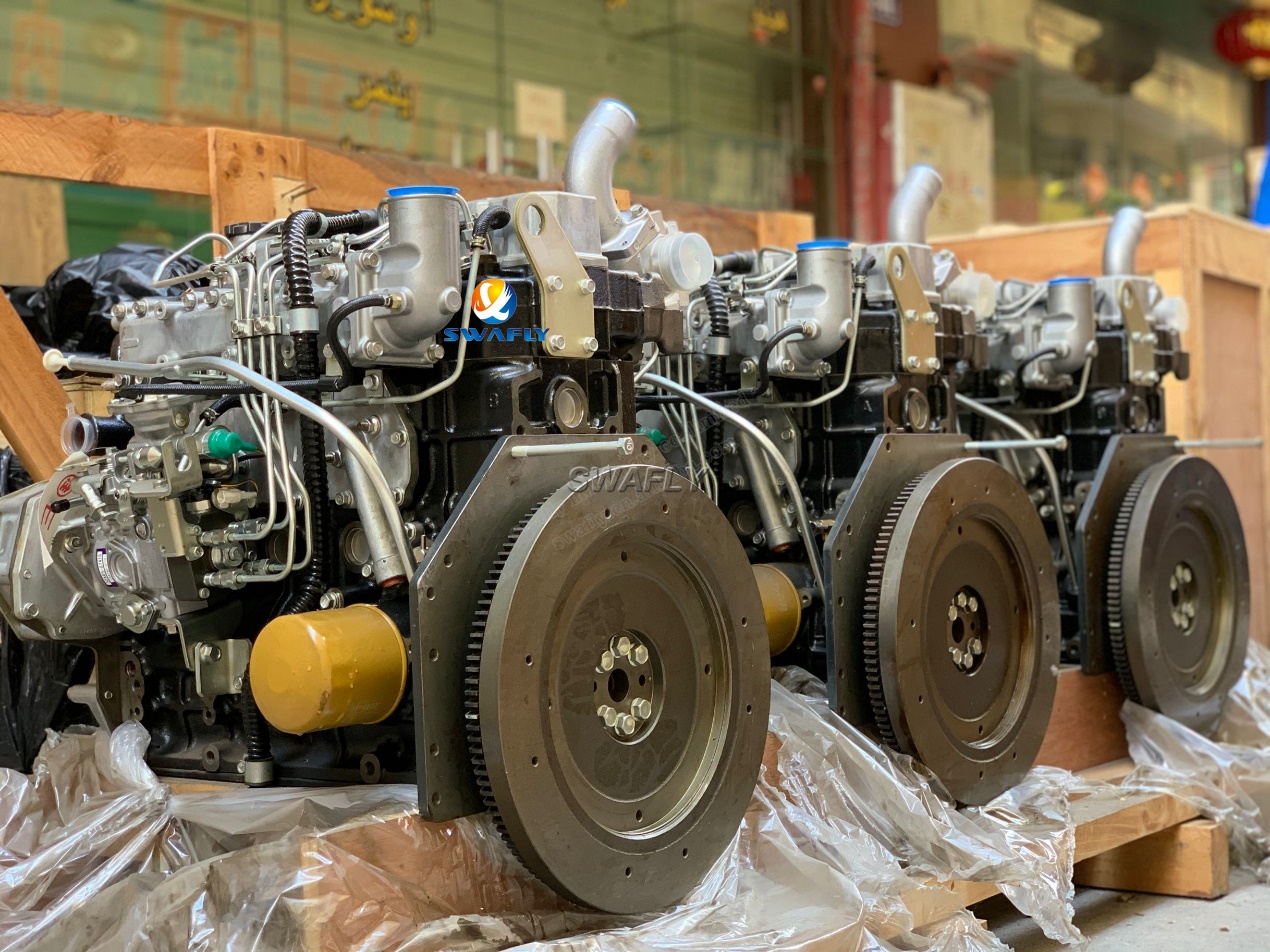
- English
- Español
- Português
- русский
- Français
- 日本語
- Deutsch
- tiếng Việt
- Italiano
- Nederlands
- ภาษาไทย
- Polski
- 한국어
- Svenska
- magyar
- Malay
- বাংলা ভাষার
- Dansk
- Suomi
- हिन्दी
- Pilipino
- Türkçe
- Gaeilge
- العربية
- Indonesia
- Norsk
- تمل
- český
- ελληνικά
- український
- Javanese
- فارسی
- தமிழ்
- తెలుగు
- नेपाली
- Burmese
- български
- ລາວ
- Latine
- Қазақша
- Euskal
- Azərbaycan
- Slovenský jazyk
- Македонски
- Lietuvos
- Eesti Keel
- Română
- Slovenski
- मराठी
- Srpski језик
How Mitsubishi Engine Load Is Determined
2024-09-02
As a crucial component of the automotive power system, the load condition of Mitsubishi engines directly impacts engine performance, fuel consumption, and service life. Understanding how to accurately assess the load of a Mitsubishi engine is vital for ensuring driving safety and vehicle maintenance. This article explores the basis and influencing factors for determining Mitsubishi engine load from various perspectives.
1. Definition and Significance of Engine Load
Engine load refers to the ratio between the actual output power of the engine at a given RPM and the theoretical maximum power. It reflects the working intensity of the engine under current conditions. Proper engine load not only ensures vehicle power and efficiency but also extends the engine’s service life. Therefore, accurately determining engine load is important for optimizing vehicle performance and reducing fuel consumption.
2. Basis for Determining Mitsubishi Engine Load
1. Engine RPM
Engine RPM is one of the key parameters for assessing engine load. At the same torque, higher engine RPM indicates a higher load. Drivers can monitor the engine RPM through the tachometer on the dashboard to estimate engine load. Typically, the engine RPM is low at idle and increases with accelerator pedal pressure, leading to an increased load.
2. Throttle Pedal Position
The throttle pedal position is a direct means of controlling engine load. Pressing the throttle increases the throttle valve opening, which increases the air intake and fuel injection, resulting in a higher engine load. Drivers can roughly gauge engine load based on how deeply the throttle pedal is pressed.
3. Intake Manifold Pressure
Intake manifold pressure is another important parameter for reflecting engine load. As the throttle valve opens wider, intake manifold pressure increases, indicating a higher engine load. By installing an intake manifold pressure sensor, real-time monitoring of engine load changes can be achieved, providing more accurate assessment for the driver.
4. Fuel Consumption
Fuel consumption is an indirect parameter reflecting engine load. Under the same conditions, a higher engine load results in greater fuel consumption. Therefore, monitoring fuel consumption can indirectly indicate engine load. However, fuel consumption is affected by various factors, such as driving habits and road conditions, and should only serve as a supplementary assessment.
5. Engine Noise and Vibration
Engine noise and vibration are also used to determine engine load. As engine load increases, the combustion within the cylinders becomes more intense, leading to higher noise and vibration levels. Drivers can sense changes in engine load through auditory and tactile perception of the engine’s noise and vibration.
3. Factors Influencing Engine Load
1. Vehicle Operating Conditions
Vehicle operating conditions are a major factor influencing engine load. During high-speed driving or acceleration, the engine needs to overcome greater resistance, thus increasing the load. Conversely, at idle or low speeds, the engine load is lower.
2. Air Conditioning Usage
When the vehicle’s air conditioning is on, it increases the engine’s workload because the air conditioning compressor draws power from the engine, thereby raising the engine load.
3. Onboard Electronic Devices
Onboard electronic devices, such as audio systems and navigation units, also add to the engine load. These devices require electrical power, which is generated by the engine-driven alternator. Consequently, their operation increases the engine load.
4. External Environmental Factors
External factors like temperature and atmospheric pressure also affect engine load. In high temperatures, the engine requires more energy to maintain normal operating temperatures. In high-altitude areas, lower atmospheric pressure requires more engine power to overcome air resistance.
4. Conclusion
Accurately determining Mitsubishi engine load is crucial for optimizing vehicle performance and reducing fuel consumption. Drivers can assess engine load by observing engine RPM, throttle pedal position, intake manifold pressure, and other parameters. Additionally, factors such as vehicle operating conditions, air conditioning usage, onboard electronic devices, and external environmental conditions must be considered. By taking these factors into account, drivers can more accurately determine engine load and make more informed driving decisions.
For more information, please visit www.swaflyengine.com




